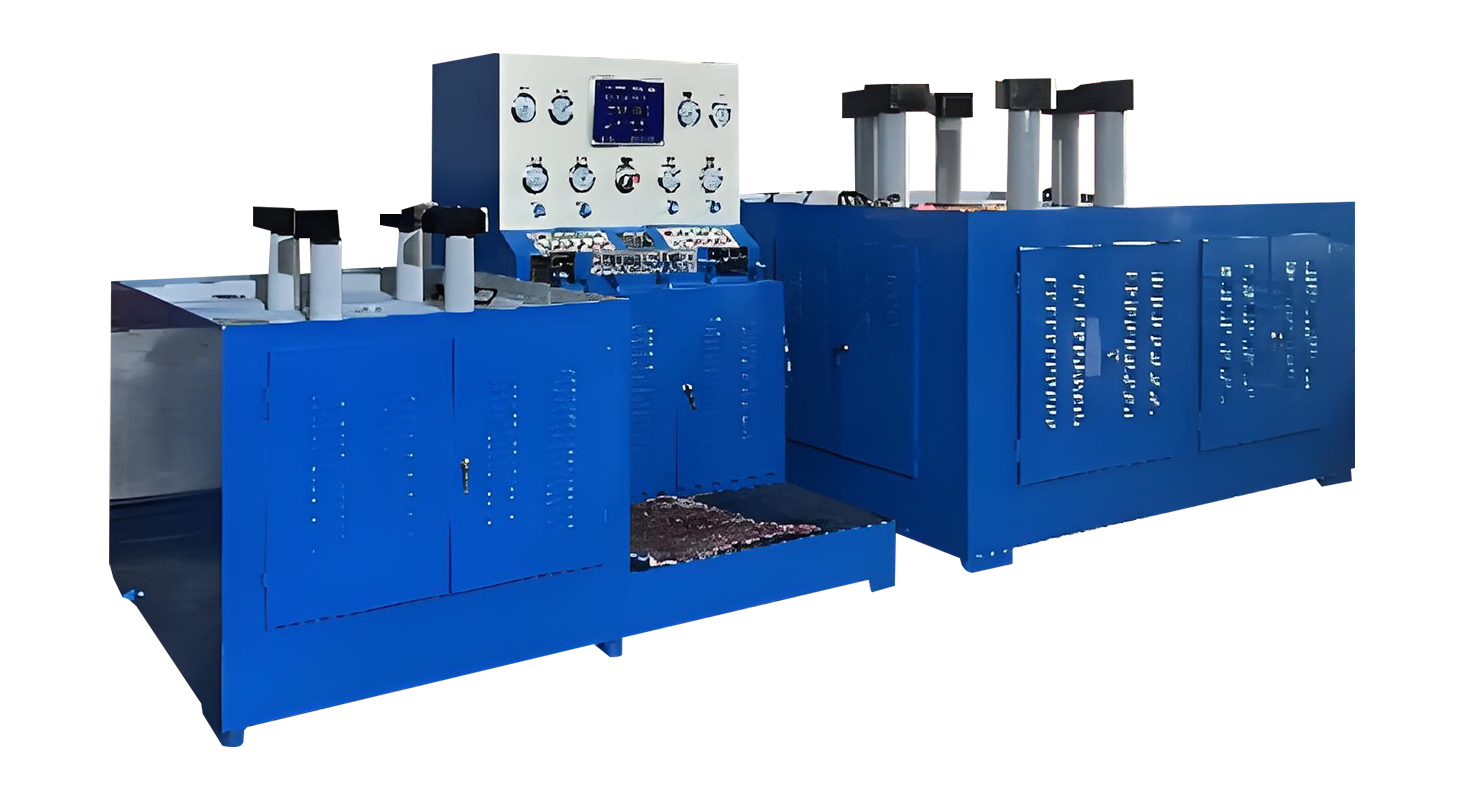Jun 25, 2025
Valve performance testing is a critical process in ensuring the reliable operation and safety of various fluid control systems. Among the many types of valves, Pressure Relief Valves (PRV valves) and water pressure test valves are frequently tested to confirm their functionality and compliance with safety standards. Understanding what parameters to monitor during valve performance testing is essential for technicians and engineers to maintain system integrity and prevent failures.

Importance of Valve Performance Testing
Valves serve as crucial components in pipelines and fluid control systems, regulating flow, pressure, and safety. A failure in a valve, especially in PRV valves, can advance to system malfunctions or even hazardous conditions such as overpressure, leaks, or uncontrolled flow. Therefore, regular performance testing is necessary to verify that valves operate within their designed specifications.
Key Parameters to Monitor During Valve Performance Testing
Opening and Closing Pressure
For PRV valves, it is vital to monitor the pressure at which the valve opens and closes. This set pressure determines the threshold at which the valve will relieve excess pressure to protect the system. During testing, technicians apply increasing pressure until the valve activates. Monitoring the exact opening pressure ensures the valve will function correctly under operating conditions. Similarly, observing the closing pressure confirms that the valve reseats properly to prevent leaks.
Leakage Rate
Leakage testing is performed to assess the sealing capability of valves, including water pressure test valves. A valve that does not seal tightly can cause inefficiencies, water loss, or system damage. Measuring the leakage rate under specified pressure conditions provides valuable information on valve integrity. Testing may involve applying water or air pressure to detect any flow through the valve seat or body.
Response Time
The speed at which a valve responds to changes in pressure or control signals is an important performance metric. For PRV valves, rapid response to pressure spikes is essential to prevent damage. Monitoring the valve’s response time during performance testing helps verify that it reacts swiftly and reliably under real-world conditions.
Pressure Stability
Valve performance testing should include monitoring how well the valve maintains system pressure once it is activated. For water pressure test valves, this means ensuring that the valve holds pressure steady without fluctuations or drops. Pressure stability reflects the valve’s ability to maintain a tight seal and control flow as required.
Cycle Testing
Repeated opening and closing cycles simulate real operating conditions and test the valve’s durability. Monitoring valve performance over multiple cycles can reveal issues like wear, fatigue, or loss of sealing effectiveness. This is especially important for valves exposed to frequent pressure changes or high operational demands.
Noise and Vibration
Some valves, during operation, can generate noise or vibration due to turbulence or mechanical issues. Monitoring noise levels and vibration during performance testing can indicate potential problems such as cavitation, misalignment, or internal damage. Identifying these issues early can prevent more severe failures in service.
Pressure Relief Valves are safety devices designed to prevent excessive pressure buildup. Testing PRV valves involves applying pressure gradually and monitoring the valve’s opening behavior. The opening pressure should match the valve’s rated set pressure, and the valve should close promptly once pressure drops below the threshold.
In addition to opening and closing pressures, it is important to check for proper reseating to avoid continuous leakage. The valve must be tested under conditions that mimic actual service environments, including temperature and pressure cycles. Documentation of test results is critical for quality assurance and compliance.
Water Pressure Test Valve Applications
Water pressure test valves are used in pipelines and systems to simulate and monitor water pressure conditions. Performance testing ensures that these valves accurately control and maintain pressure without leaks or failures. During testing, technicians observe pressure buildup, valve sealing, and any pressure drops over time.
These valves often undergo hydrostatic testing, where water is used as the testing medium to detect leaks and verify pressure resistance. Monitoring the valve’s behavior during these tests helps identify weak points or defects that may affect system reliability.
Valve performance testing is a multi-faceted process requiring attention to several key parameters to ensure valves operate safely and efficiently. Monitoring opening and closing pressures, leakage rates, response times, pressure stability, cycle durability, and noise/vibration levels provides a comprehensive understanding of valve condition.
For PRV valves and water pressure test valves, adhering to thorough testing procedures helps prevent system failures and prolongs valve service life. By carefully monitoring these factors, engineers and technicians can maintain system safety and performance, contributing to the overall reliability of fluid control operations.